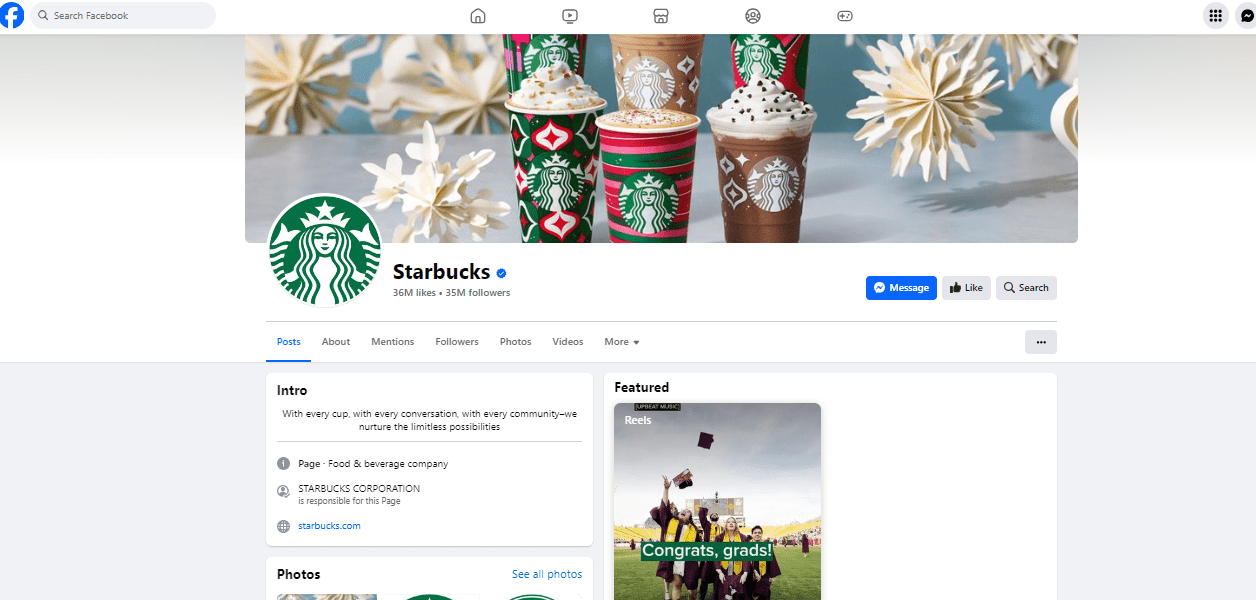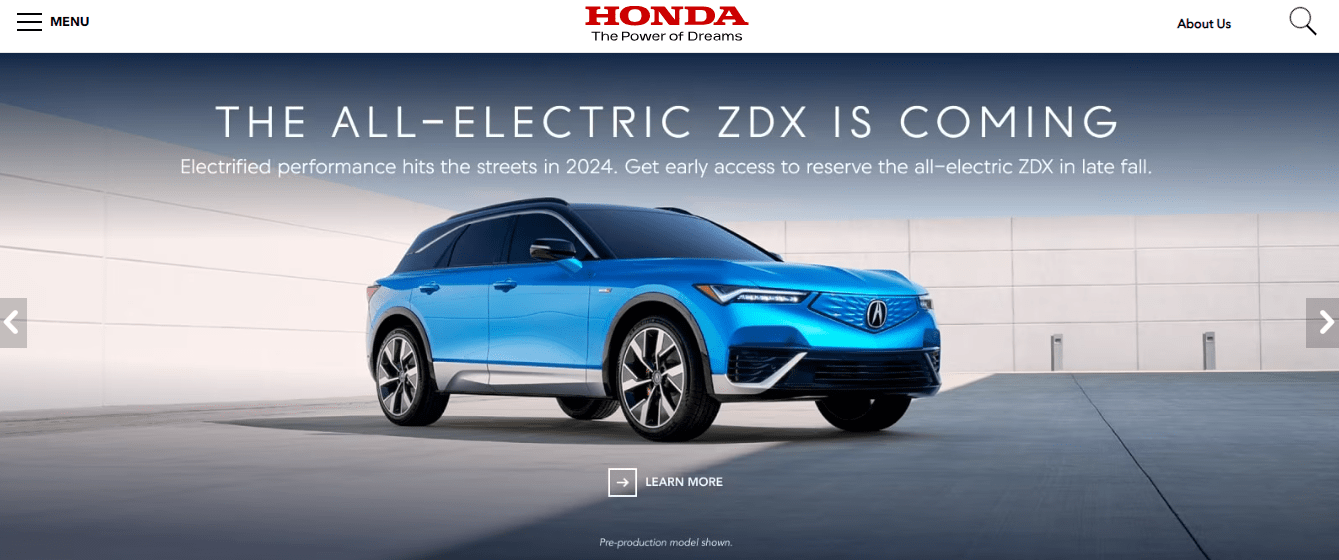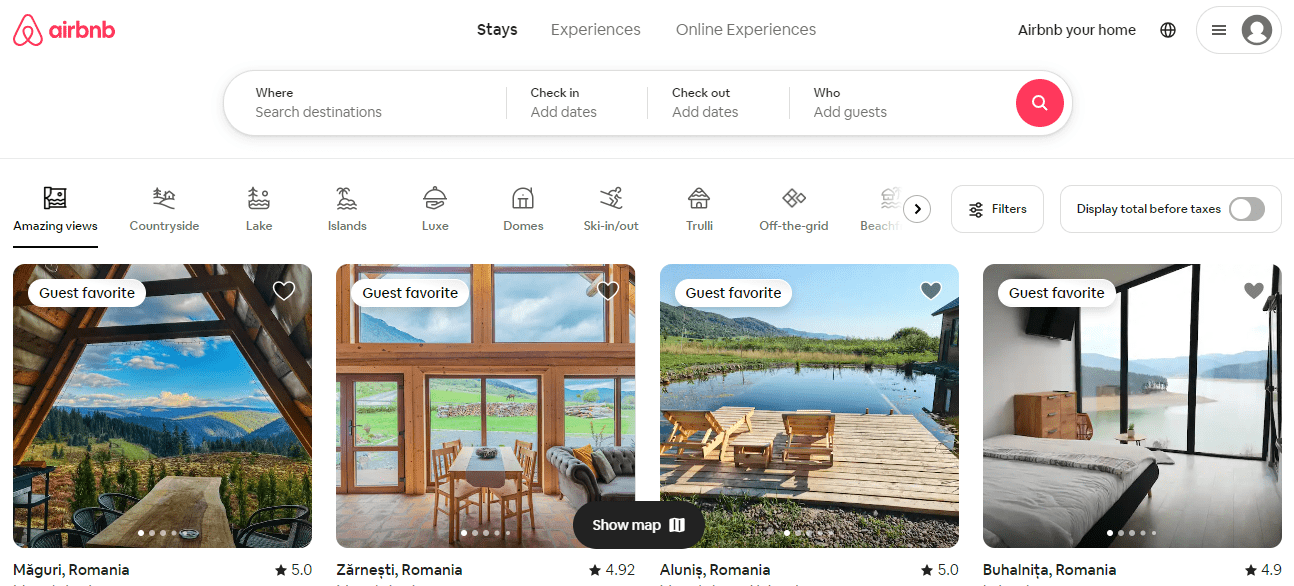Brand engagement—vital in today’s customer-centric market—bridges the gap between a brand and its audience. This ever-changing approach aims to build consumer relationships and link your business with their beliefs.
Converting casual browsers into devoted clients is the art of brand engagement, which is at its core.
- Boosts brand visibility
- Strengthens customer loyalty
- Enhances brand reputation
Effective engagement hinges on understanding customer expectations and crafting experiences that meet and exceed these. This means you must put yourself in the customer’s position, see your brand from their perspective, and adjust your strategy appropriately.

To elevate your brand engagement, consider integrating tools like Plerdy, which enhances conversion rate optimization (CRO) and user experience (UX). These technologies let you tailor your interaction strategy to consumer preferences, boosting company development and success.
Definition of Brand Engagement
Brand engagement is the cornerstone of a thriving business in the modern era. By fostering genuine engagement, a brand ensures its relationship with its customer base remains strong, fostering loyalty and driving growth. Here’s a concise breakdown:
- Brand Essence: At its core, a brand isn’t just a name or logo—it’s an entity with values, a voice, and a distinct personality that resonates with its audience.
- Engagement Dynamics: Engagement goes beyond mere interaction. It’s about creating moments that captivate and immerse the customer, making them feel connected and valued.
- Customer Centricity: Prioritizing the customer experience is paramount. A brand that listens, understands, and evolves based on customer feedback ensures its engagement strategies align with the audience’s expectations.
Take, for instance, the fashion industry. Brands prioritizing engagement leverage social media platforms to showcase behind-the-scenes content, collaborate with influencers for authentic product reviews, and craft personalized shopping experiences. Conversely, in the tech niche, brands elevate engagement by rolling out beta-testing opportunities, hosting webinars to delve into product intricacies, and fostering communities where customers can share insights and hacks.
Brand engagement bridges a brand with its customers, fostering a two-way dialogue rooted in trust and mutual respect. When executed impeccably, this engagement strengthens the brand’s foundation, ensuring longevity and robust market performance.
Importance in Today’s Market

In today’s dynamic marketplace, a brand’s heartbeat is its engagement. The digital age has empowered customers, placing them in the driver’s seat and setting higher benchmarks for brands aiming to win their loyalty. Recognizing the pivotal role of brand engagement, many market leaders pivot their strategies to create lasting, meaningful bonds with their customer base.
Here’s how they do it:
- Leveraging Social Currency: Top-performing brands harness user-generated content, especially in sectors like cosmetics and lifestyle. This amplifies engagement by spotlighting authentic customer experiences and showcasing the brand’s impact on real lives.
- Interactive Experiences: In the edtech sector, brands ramp up engagement by offering webinars, interactive courses, and community forums. This approach educates and solidifies the brand’s commitment to its customer’s growth.
- Personal Touchpoints: In e-commerce, personalization isn’t just an option—it’s an expectation. Brands stand out by tailoring recommendations, offering bespoke deals, and crafting engagement campaigns that resonate with individual customer preferences.
Put, customers crave brands that listen, adapt, and engage. By prioritizing this trifecta—brand essence, engagement strategies, and customer feedback—brands carve out a competitive edge, setting themselves up for success. In an age where every click, share, and interaction counts, meaningful engagement remains the golden thread weaving together a brand’s narrative, ensuring it remains relevant and revered. Brands that embrace this mantra survive and thrive, establishing themselves as market stalwarts in an ever-evolving landscape.
Key Components of Brand Engagement
Dive into the heart of today’s bustling marketplace, and you’ll find that brand engagement isn’t just a buzzword—it’s the driving force that propels a brand from the shadows into the spotlight. In this transformative journey, several components stand out, acting as the pillars that hold up the monumental structure of successful brand engagement:
- Emotional Connection: Brands that resonate strike a chord. Think of luxury car brands tapping into the thrill of the open road or coffee brands that evoke the warmth of a morning ritual. These brands understand the power of emotion, crafting narratives that tug at heartstrings and leave an indelible mark on the customer’s psyche.
- Consistent Brand Experience: Seamless and predictable—that’s the mantra. Whether it’s a tech brand ensuring its app interface remains user-friendly across devices or a beauty brand maintaining product quality batch after batch, consistency cements its promise to its customers.
- Customer Participation and Interaction: This isn’t about brands speaking to customers but with them. Fitness brands, for instance, roll out challenges, interactive workouts, and community events, making the customer an active participant in the brand’s journey.
- Brand Loyalty and Advocacy: When customers champion a brand, it’s golden. Music streaming services spotlighting user-curated playlists or eco-friendly brands showcasing customer testimonials on sustainable lifestyle shifts highlight the organic advocacy that drives exponential growth.
Brands need to amplify their engagement efforts to cut through the market noise. It’s about weaving together the fabric of emotion, consistency, and interactive experiences and fostering a tribe of loyal advocates. Brands that master this matrix capture the customer’s attention and their hearts. In the grand tapestry of modern commerce, engagement reigns supreme, and brands that understand its intricate threads stand head and shoulders above the rest.
Metrics to Measure Brand Engagement

Brand-audience resonance is obvious in the frenetic digital economy. The electrifying energy surges every time a customer interacts, shares, or even silently appreciates a brand’s offerings. To tap into this energy and truly gauge its magnitude, businesses rely on robust metrics:
- Social Media Interactions: Beyond mere likes and follows, engagement shines when customers actively converse, share, and champion a brand’s posts. For instance, skincare brands can track the ripple effect of a product launch by monitoring comments, shares, and saved posts, giving a clear window into customer engagement levels.
- Brand Mentions and Shares: When customers turn into brand ambassadors, engagement is at its peak. Gourmet chocolate brands might witness a surge in mentions during Valentine’s or Easter, with users tagging the brand in their festive creations, signaling deep-rooted brand loyalty.
- Customer Feedback and Surveys: Nothing spells engagement like feedback. Athletic wear brands often rely on feedback loops, collecting insights after product drops or new collection releases, capturing the voice of the customer and fine-tuning their offerings.
- Time Spent on Brand Properties: Dive into the analytics of a brand’s website or app, and you’ll find gold. A furniture brand, for example, would revel in seeing customers spending considerable time browsing collections, reading blogs, or interacting with virtual room planners.
By harnessing these metrics, brands can precisely navigate the vast seas of the digital landscape. Every like, share, mention, and minute spent is a testament to the brand’s ability to captivate and retain its audience. In the dance of modern commerce, where the brand leads and the customer follows, this rhythm of engagement dictates the pace, ensuring the dance remains lively, synchronized, and endlessly enchanting.
Strategies to Boost Brand Engagement
In the kaleidoscope of modern commerce, brands dazzle not merely by existing but by engaging. Eliciting emotions, forging connections, and sparking interactions, brands that truly resonate adopt strategies that transcend traditional paradigms. Here are game-changing strategies that usher in unparalleled brand engagement:
- Storytelling and Authenticity: In the age of fleeting digital scrolls, stories that stick are genuine tales from the heart. Consider artisanal coffee brands. They often weave narratives of ethically sourced beans, mountainous terrains and the hands that picked each bean, allowing customers to sip coffee and tell a story.
- Interactive and Value-Driven Content: Engagement amplifies when brands shift from monologues to dialogues. Fitness brands, for instance, might roll out interactive challenges or health quizzes. The objective? Deliver value while making the customer an integral part of the brand narrative.
- Personalization and Tailored Experiences: Today’s customer craves exclusivity. Luxury fashion brands often send personalized style recommendations based on purchase history, ensuring every interaction feels like a couture-fitting session.
- Rewarding Loyal Customers: Engagement and loyalty walk hand-in-hand. Streaming platforms, aware of this synergy, often roll out exclusive previews or early access content for their long-standing subscribers, turning every episode into an ode to their commitment.
By intertwining these strategies, brands don’t merely occupy space in the market; they nestle into the hearts and minds of their customers. This isn’t about transient transactions but lasting relationships. As brands weave these narratives, cultivate experiences, and reward loyalty, they elevate themselves from mere names to experiences. In the riveting theater of commerce, they become the shows everyone talks about, returning to time and again.
Challenges in Maintaining Brand Engagement

In the ever-evolving digital landscape, where brands strive to cultivate deep connections, maintaining consistent engagement often feels like holding sand — a delicate balance, slipping through even the smallest oversight. Amidst this intricate dance, several challenges persistently test the mettle of brands:
- Changing Consumer Preferences: As seasons shift, so do customer inclinations. Once-beloved skinny jeans saw a decline as comfy loungewear took center stage during global lockdowns. Brands had to recalibrate swiftly, blending comfort with style, to retain customer attention.
- Digital Distractions and Competitions: The online arena is flooded with glitz, glamour, and endless scrolls. Organic food brands, aiming for customer health and wellness often grapple with shining amidst the avalanche of diet fads, superfoods, and flash sales.
- Evolving Technology and Platforms: Remember when brands aced Facebook marketing? Then came Instagram, TikTok, and various platforms, each demanding a unique engagement strategy. Cosmetic brands, for instance, leaped from photo-centric showcases to short video tutorials, ensuring they remained the beauty gurus in every format.
The dynamism of the modern market demands that brands remain alert and agile. Every shift in preference, every swipe on a screen, and every tech update could pivot the direction of brand narratives. Brands must adapt, innovate, and remain committed to their core values. By doing so, they ensure that regardless of the tides of change, their anchor — the loyal customer — remains firmly grounded. It’s a journey, a relentless pursuit, where the brand and the customer continuously redefine the contours of engagement, creating tapestries that are as beautiful as they are resilient.
Brand Engagement Success Stories

Diving headfirst into the vast ocean of brand narratives reveals a few gems that exemplify the essence of deep engagement.
- Case Study 1: Starbucks
Starbucks brewed a rich concoction of brand loyalty through its loyalty program. Customers eagerly traded points for exclusive rewards, creating a feedback loop of repeat business and enhanced engagement. By recognizing customer birthdays and personalizing offers, they infused warmth into every interaction, crafting an experience that echoed their cozy coffee corners. - Case Study 2: Airbnb
Airbnb redefined hospitality. Their “Live There” campaign empowered customers to experience destinations like locals. By fostering unique experiences, they didn’t just offer lodgings – they wrapped up dreams in a package, making travel tales deeply personal and genuine.
Key Lessons from Successful Brands:
- Craft Authentic Narratives: Starbucks and Airbnb didn’t put on a facade. They spun tales grounded in the real-world, aligning their brand voice with genuine customer experiences.
- Interactive Engagement: It’s not just about speaking but sparking a dialogue. By fostering platforms where customers can share their stories — like a memorable coffee meet-up or an adventurous travel escapade — brands make engagement a two-way street.
- Exclusivity Works Wonders: When customers feel they’re receiving something tailor-made for them or unavailable to everyone, it elevates their association with the brand. It’s like being part of an exclusive club, and who doesn’t want that?
In essence, these brands have cracked the code. They’ve woven together a tapestry where their brand essence seamlessly intertwines with customer desires. By being genuine, creating platforms for interaction, and offering exclusive experiences, they’ve set the gold standard in brand engagement. Every interaction becomes more than a transaction — it morphs into a memory, a story, a shared moment. And that’s the magic of a successful brand’s harness.
Future Trends in Brand Engagement
Peering into the horizon of brand strategy, a slew of transformative shifts promise to redefine how brands and customers connect. As digital landscapes evolve, brand engagement is not just about catching the customer’s eye but enthralling their essence.
- Augmented Reality (AR) Adventures: Brands like IKEA are already riding this wave. Customers can virtually place furniture in their spaces before making a purchase. This immersive form of engagement ensures customers interact with the brand and experience it in their domain.
- Voice Search Optimization: As more households welcome digital assistants like Alexa and Google Home, voice searches will reshape how customers find brands. Engagement strategies will pivot towards more conversational and direct interactions.
- Personalization Powered by AI: Imagine a shopping experience where every product suggestion aligns with your taste, thanks to artificial intelligence. Brands will tap into AI’s prowess to craft experiences tailor-cut to individual customer preferences, ramping up engagement levels.
- Sustainability and Ethical Branding: Modern customers are conscientious. They lean towards brands that echo their values. Engagement strategies will highlight sustainable practices, ethically sourced products, and community upliftment efforts to resonate with this discerning audience.
- Virtual Workshops and Experiences: With remote work becoming a mainstay, brands will dial up their online workshops and experiences. For instance, a cosmetics brand might host virtual makeup tutorials, drawing customers into their world, even from afar.
Brands poised to thrive will be the ones that embrace these shifts, not as mere tactics but as core strategies. It’s a dance of technology with emotions, where brands will harness cutting-edge innovations to foster deep-rooted connections. Gone are the days of one-size-fits-all; the future beckons bespoke engagement strategies that honor the individuality of every customer. It’s a thrilling ride ahead, with brands and customers co-piloting, steering towards richer, more meaningful interactions.
Conclusion
The finale is as crucial as the opening act in the intricate dance of brand engagement. It’s where brands must keep the rhythm going, having sparked a connection with customers. Brand engagement isn’t a one-off performance—it’s an ongoing dialogue, a dynamic interplay between brand and customer.
Consider this:
- Brands must continuously evolve their engagement strategies to resonate with ever-changing customer needs.
- Authentic engagement leads to stronger customer loyalty and advocacy.
Building a community, not simply customers. Engagement-focused brands connect, relate, and grow with customers. Email campaigns, social media, and personalized content should reinforce why buyers choose your company.
Plerdy helps brands boost engagement. Plerdy’s advanced SEO and UX analysis helps brands analyze customer behavior and optimize their strategy.
Remember, every brand interaction touchpoint is an opportunity to enhance consumer relationships. Customer interactions should leave a lasting impression. Jump in, be creative, and show your brand’s personality. Your customers are waiting.
